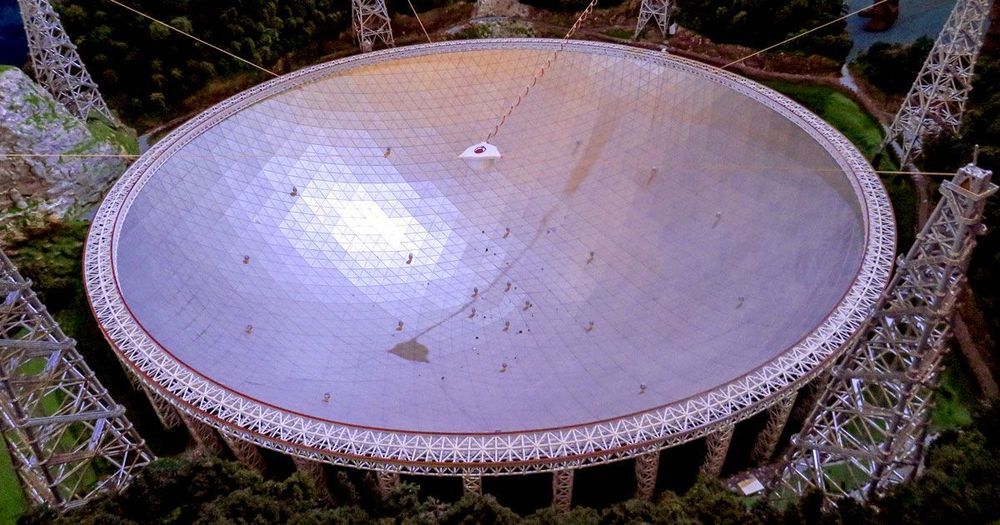It’s the biggest single-dish radio telescope in the world, spanning the length of 30 soccer fields.
Super Sensitive
The telescope has also detected hundreds of fast radio bursts from a single known source, many of which were too faint to pick up by other telescopes, according to Nature. It could even spot distant exoplanets by their radio emissions alone — something that has yet to be successfully done.
The remaining big challenge will be to store the incredibly vast amounts of data the telescope will be collecting over the coming years.
